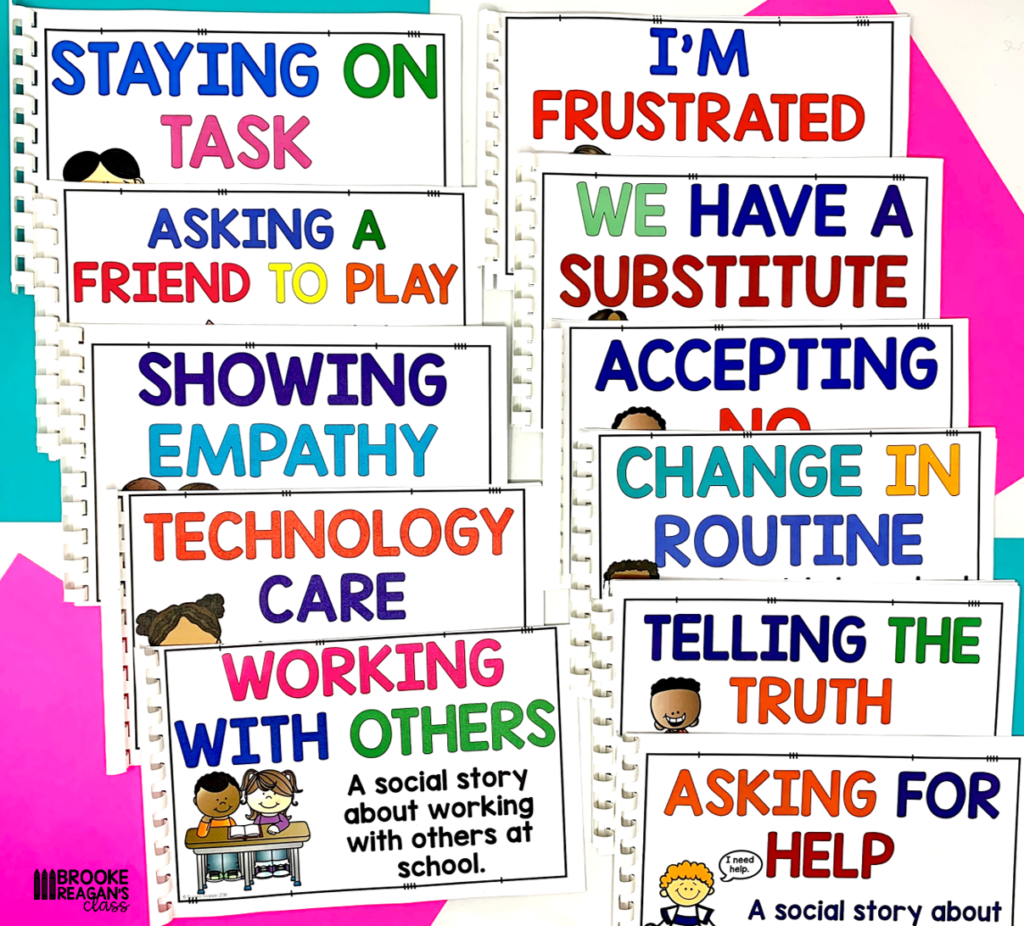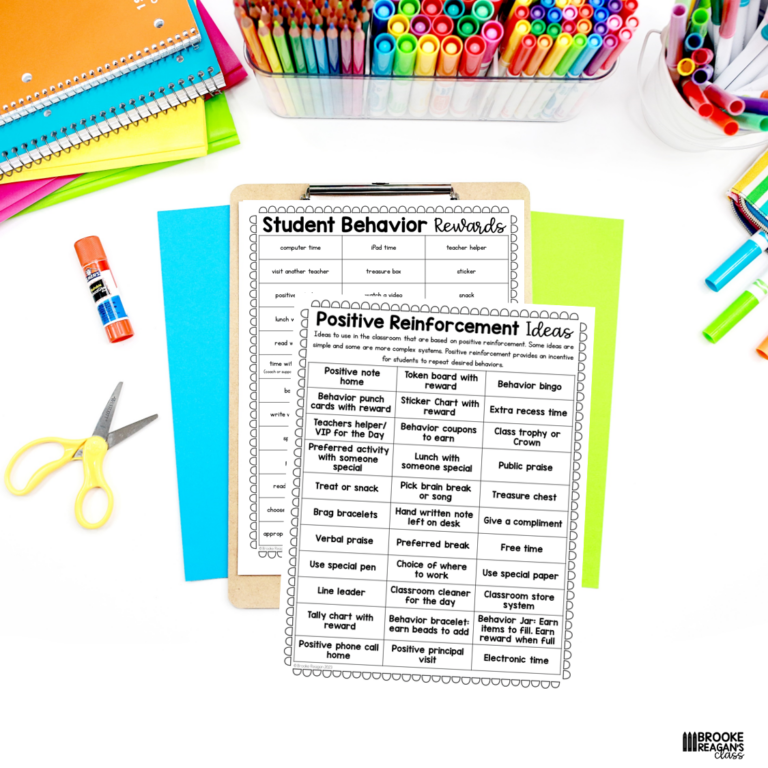

As parents and teachers, we all want the best for our children and students. One of the key aspects of a child’s development is their ability to behave appropriately and interact with others in a positive way. But what if your child or student struggles with social skills? One effective method for teaching appropriate behavior is through the use of social stories.

Before we talk about how to appropriately use social stories as a teaching tool, we must have a clear understanding of what they are and their benefits.
Social stories are short narratives with a specific focus on social situations or behaviors. They are designed to teach children social skills by presenting examples of appropriate behavior in a way they can understand.
The benefits of social stories are numerous. First, they provide a clear and concise explanation of appropriate behavior, which can help children better understand social expectations. Second, they can reduce anxiety and stress by providing a predictable framework for social interactions. Finally, they can be easily customized to fit the needs of individual children, making them a flexible tool for teaching social skills.
Now that you have an understanding of social stories and their benefits, the next step is to identify the specific behaviors you want to target. This process can be challenging, especially if you are working with a child who has multiple social challenges. To begin, consider the behaviors that are most important for the child’s growth and development. For example, if the child has difficulty with sharing, consider using a social story that focuses on sharing toys with others. Other important behaviors might include following directions, taking turns, and respecting personal space. Once you have identified the behaviors you want to target, you can begin to read a social story that addresses the specific needs of the child.
To make the most of a social story, it’s important to implement social stories in daily routines. This will help to reinforce appropriate behaviors and ensure that children are continually practicing their newly learned skills. By implementing social stories in daily routines, children can practice the appropriate behaviors they have learned in real-life situations. Reinforcing positive behaviors is essential for long-term success and retention of social skills. It’s important to consistently use social stories in everyday situations, such as in class or at home, to ensure that children are continuously practicing and improving their behavior.

Social stories need to use simple, concise language and focus on one behavior at a time. They must include pictures to help illustrate the story and make it more engaging.
It’s also important to ensure a positive tone and outcome. Social stories like the one above, emphasize the benefits of exhibiting appropriate behavior and appropriate replacement behaviors. Avoid social stories that use negative language or focusing on consequences for misbehavior.

Social stories are a valuable tool for teaching appropriate behavior and social skills to children. I have found them highly effective with my students as well as my own children.
Looking for a social stories? I have a ton of social stories to choose from including individual social stories to large bundles.
Grab my largest bundle of social stories at a discounted price HERE!
Are you interested in trying a social story? Grab a free copy of one of my social stories below!

Sign up to receive over 35 ready to use student rewards to boost motivation, promote positive behavior and create a fun learning environment.